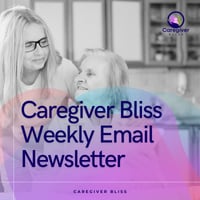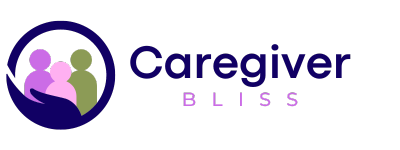Remote Patient Monitoring (RPM) | Glossary Definition

As our population ages, the demand for efficient, compassionate, and cost-effective healthcare solutions for the elderly continues to grow. Remote Patient Monitoring (RPM) is emerging as a revolutionary approach in this realm, offering a blend of technology and personalized care that can significantly enhance the lives of our elderly parents.
What is Remote Patient Monitoring?
Remote Patient Monitoring (RPM) is a healthcare delivery method that uses digital technology to monitor and capture medical and other health data from patients in one location (typically their home) and electronically transmit this information to healthcare providers in a different location for assessment and recommendations. This innovative approach allows for continuous monitoring of patients, particularly those with chronic conditions, without the need for frequent hospital visits.
The Benefits of RPM for Elderly Care
- Enhanced Monitoring and Early Detection: RPM allows for constant monitoring of vital signs like heart rate, blood pressure, and blood sugar levels. This can lead to early detection of potential health issues, crucial for elderly patients who are more susceptible to rapid health changes.
- Improved Convenience and Comfort: Elderly patients can stay in the comfort of their homes while receiving quality care. This not only reduces the stress associated with hospital visits but also minimizes the risk of hospital-acquired infections.
- Better Management of Chronic Conditions: RPM is particularly beneficial for seniors managing chronic conditions such as diabetes, heart disease, or hypertension. It enables real-time adjustments to treatment plans based on the collected data.
- Increased Patient Engagement: By being more involved in their own care, seniors can feel empowered. RPM often comes with applications that help patients understand their health better and remain engaged in their treatment plans.
- Reduced Healthcare Costs: By minimizing hospital stays and reducing the need for emergency care, RPM can significantly cut healthcare costs.
How Does RPM Work?
RPM systems typically involve a set of health monitors or sensors that the patient uses at home. These devices can range from blood pressure cuffs to glucose monitors, depending on the individual's needs. The collected data is then transmitted securely to healthcare providers, who can monitor these metrics and make informed decisions about the patient’s care.
Choosing the Right RPM Solution
When considering an RPM solution for elderly parents, it’s crucial to evaluate the following:
- Ease of Use: The technology should be simple and intuitive, keeping in mind that some elderly individuals may not be tech-savvy.
- Customization: The system should be customizable to cater to the specific health needs of the individual.
- Data Security: Ensure that the solution adheres to healthcare data privacy and security regulations.
- Support and Training: Adequate support and training should be provided to both the patient and their caregivers.
The Future is Here
The advent of RPM is a game-changer in the realm of elderly care. It bridges the gap between traditional healthcare and the growing need for accessible, continuous care for our aging population. As we move forward, the integration of RPM with other emerging technologies like AI and machine learning promises even more advancements in personalized and preventive healthcare for the elderly.
Conclusion
RPM offers a promising path towards a more proactive, patient-centered approach in elderly care. It's not just about embracing new technology; it's about reimagining the way we care for our aging loved ones, ensuring they receive the best possible care while maintaining their independence and dignity. As we continue to explore and improve upon this innovative approach, the future of elderly care looks brighter and more secure for all.
We'd love to hear your thoughts and experiences! If you have insights, stories, or questions about Remote Patient Monitoring (RPM) for elderly care, please share them in the comments below. Your input can help others navigate this important aspect of caring for aging loved ones, and together, we can build a more informed and supportive community.
Caregiver Bliss Glossary
Ready to deepen your understanding of the elderly family caregiver industry? Don't miss out on our comprehensive Caregiver Bliss Glossary, a treasure trove of definitions and insights. Visit our glossary page now to explore a diverse range of terms and concepts that will enrich your knowledge and empower your caregiver journey.
Free Caregiver Bliss Weekly Email Newsletter
 Are you a dedicated family caregiver looking for valuable resources, support, and advice to enhance your caregiving journey?
Are you a dedicated family caregiver looking for valuable resources, support, and advice to enhance your caregiving journey?
Look no further! Our Caregiver Bliss Weekly Email Newsletter is designed to provide you with the latest insights, tips, and updates tailored specifically for family caregivers like you.
Sign up now and gain access to a wealth of information and support that can help you navigate the challenges and joys of caregiving.
